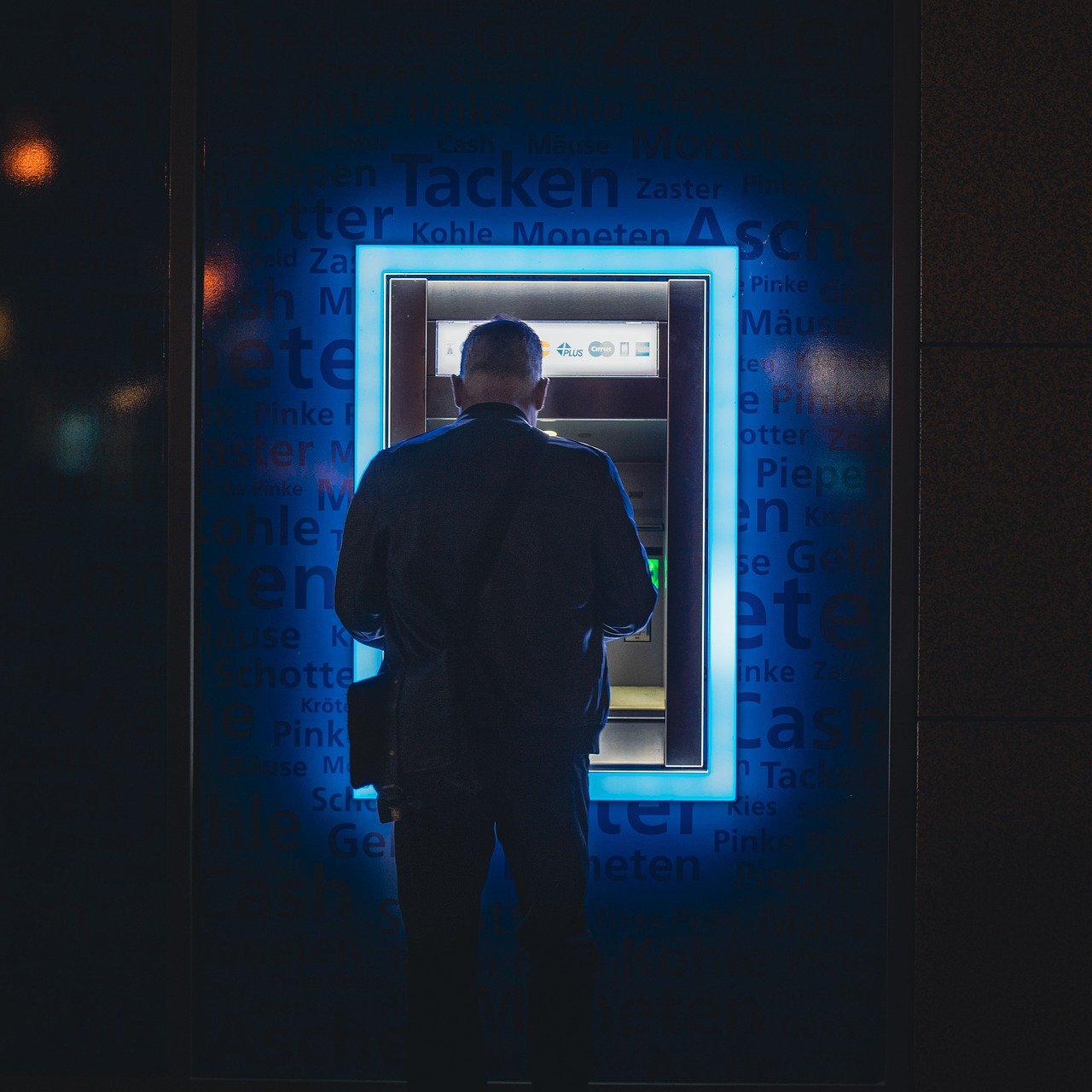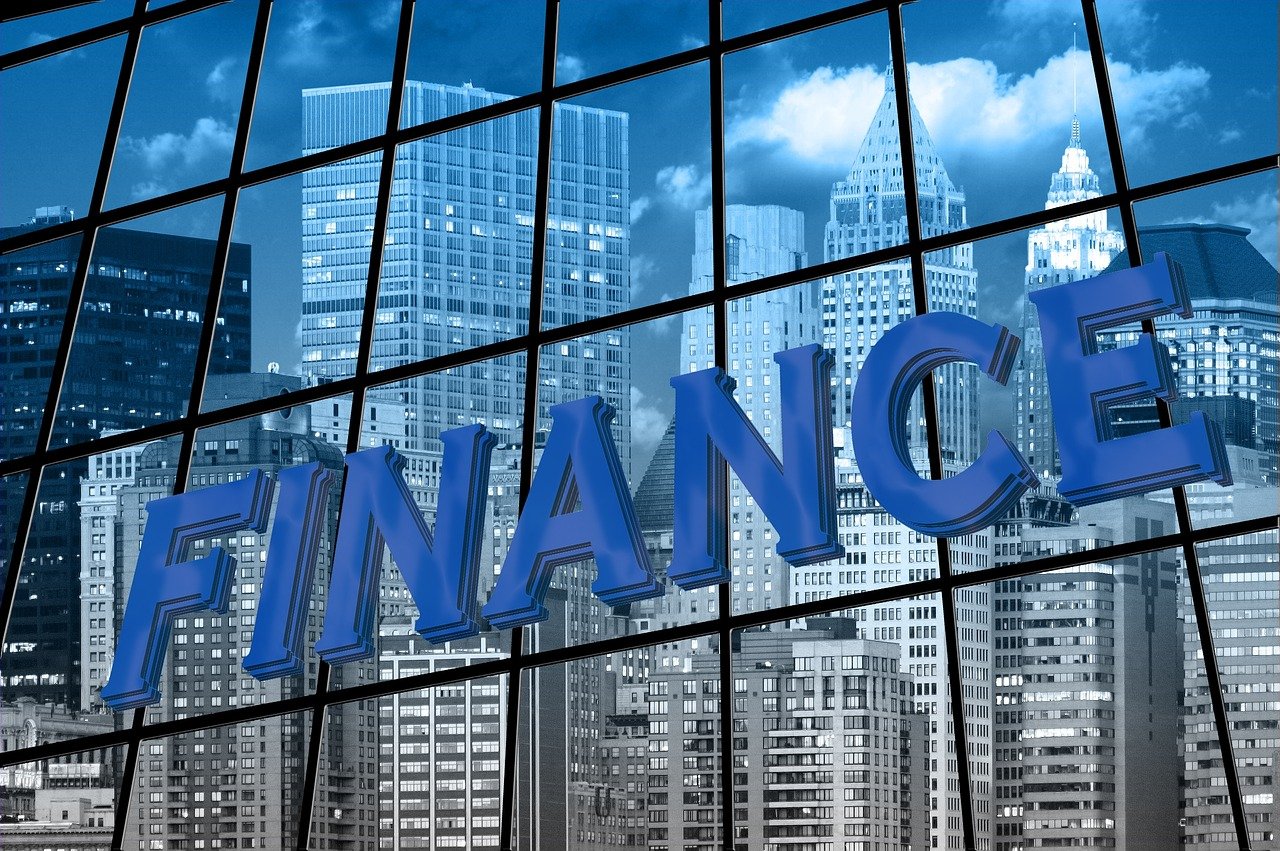Exploring Chapter 7 Bankruptcy: Your Guide to Debt Relief and Fresh Financial Start
Introduction
If you find yourself facing overwhelming debt and searching for a way to regain control of your financial life, you’ve likely come across the term “Chapter 7 bankruptcy.” But what exactly is Chapter 7 bankruptcy, and how can it help individuals struggling with debt? In this informative guide, we’ll delve into the intricacies of Chapter 7 bankruptcy, explaining what it is, how it works, and what to consider before pursuing this debt relief option.
What Is Chapter 7 Bankruptcy?
Chapter 7 bankruptcy, also known as “liquidation bankruptcy” or “straight bankruptcy,” is a legal process designed to help individuals and businesses eliminate or “discharge” their unsecured debts. Unsecured debts typically include credit card balances, medical bills, personal loans, and other obligations that are not tied to collateral, such as a house or a car.
How Does Chapter 7 Bankruptcy Work?
- Filing a Petition: The process begins with the debtor (the individual or business seeking relief) filing a Chapter 7 bankruptcy petition with the federal bankruptcy court. This filing initiates a “stay,” which legally prevents creditors from pursuing collection efforts during the bankruptcy proceedings.
- Automatic Stay: Once the petition is filed, an “automatic stay” goes into effect, halting collection activities, including creditor harassment, lawsuits, wage garnishments, and even foreclosure or repossession.
- Asset Liquidation: A Chapter 7 bankruptcy trustee is appointed to review the debtor’s financial situation and identify non-exempt assets that can be sold to pay off a portion of the debts. However, many individuals who file for Chapter 7 bankruptcy do not have significant non-exempt assets, and their property remains protected under state or federal exemptions.
- Debt Discharge: After the asset liquidation (if applicable), the remaining unsecured debts are typically discharged, meaning the debtor is no longer legally obligated to repay them. Certain debts, such as child support, alimony, student loans, and certain tax debts, may not be discharged.
- Fresh Start: Once the Chapter 7 bankruptcy process is complete, debtors can enjoy a fresh financial start, unburdened by most of their unsecured debts. This provides an opportunity to rebuild their financial lives and make more informed financial decisions moving forward.
Who Is Eligible for Chapter 7 Bankruptcy?
Chapter 7 bankruptcy is not available to everyone and has eligibility criteria based on income and financial circumstances. The “means test” is a crucial component used to assess eligibility. It evaluates your income relative to your state’s median income and your ability to repay your debts. If your income is below the median or you don’t have sufficient disposable income, you may qualify for Chapter 7 bankruptcy.
Conclusion
Chapter 7 bankruptcy can be a lifeline for individuals and businesses drowning in unsecured debt, offering them the chance to start anew with a clean financial slate. It’s essential to understand that this debt relief option is a legal process with specific requirements and consequences. Consulting with a qualified bankruptcy attorney is highly recommended to ensure you meet the eligibility criteria and make informed decisions regarding your financial future.
While Chapter 7 bankruptcy can provide relief from the burden of unmanageable debt, it is essential to consider its long-term implications and explore alternatives before proceeding. With the right guidance, you can make the best choice for your unique financial situation and work towards a more stable and secure financial future.



